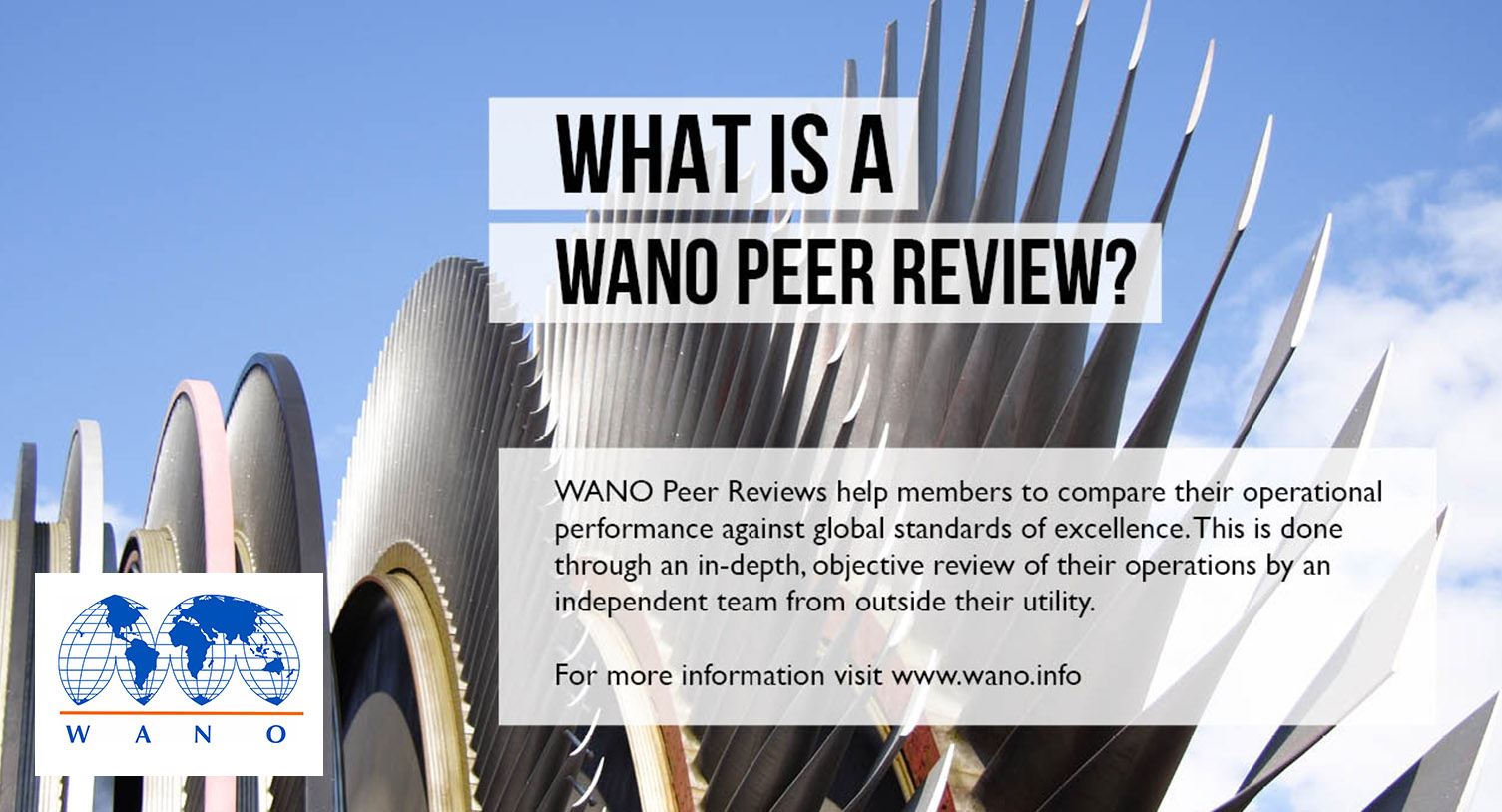Operation
WANO peer reviews
The World Association of Nuclear Operators (WANO) checks every nuclear power plant globally every four years. For this, peer reviews are carried out, where a team consisting of up to 30 experienced nuclear energy experts from WANO or nuclear power plants globally compares the performance of the plant with the highest global standard.
This is done in the area of organisation and administration, operation, maintenance, technical support, radiation protection, operating experience feedback, training and qualification, chemistry and fire protection, as well as depending on the operators whish other areas, for example emergency planning. The goal is to identify improvement potential which would need to be implemented in order to match the level of the highest global standards at nuclear power plants. In particular aspects affecting all employees and the entire organisation are assessed, such as safety culture, human behaviour, self-assessment, workplace safety, inspection of the plant condition, work planning and behaviour of the systems and equipment as well as their condition.

Worldwide every nuclear power plant operator is a member of the World association of Nuclear operators and is regularly subject to their safety assessments.
The improvement potential found in a WANO peer review is based on the global best practices and should not be interpreted as a deficit with respect to meeting regulatory standards. Another objective of WANO is to identify strengths, i.e. “best practices” which meet the highest global standard, to allow the other nuclear power plants to also adopt them.
A WANO peer review lasts three weeks. The peers get their information mainly from observation at the plant and interviews with all kinds of people. The observations and interview results are analysed and summarised to facts. Strengths, but primarily also areas for improvement are derived from an overview with groupings of typically around 1,000 facts. The results often relate to areas where the operator has already initiated improvements, which they gained for example from the review process of their quality management system.
After a WANO peer review, the operator formulates measures to realise the improvement potential identified in the individual areas. The effectiveness of the measures is checked after around two years in a follow-up peer review. After another two years, the process starts again from the beginning. This ensures that there is a continuous approach to integral improvements in the processes within the nuclear power plant.